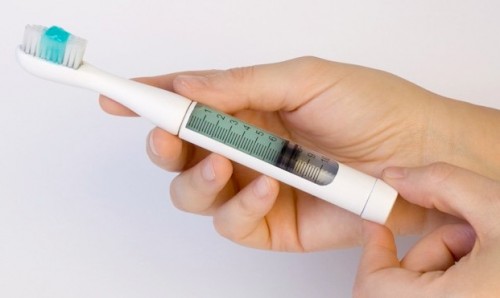Toothbrush Toothpaste Combo

The humble toothbrush and toothpaste combo is a staple in our daily oral hygiene routine. However, the evolution of this dynamic duo has been a long and winding road, filled with twists and turns that have ultimately led to the sophisticated products we use today. In this article, we’ll delve into the fascinating history of toothbrushes and toothpaste, explore the latest advancements in technology and ingredients, and discuss the importance of choosing the right combo for a healthy, sparkling smile.
Historically, the concept of cleaning one’s teeth dates back thousands of years, with ancient civilizations using a variety of materials, including twigs, fingers, and even cloth, to remove debris and plaque from their teeth. The first toothbrushes, made from boar or horse hair, emerged in China during the Tang Dynasty (619-907 AD), while the first toothpaste-like substance, a mixture of ground bones and ashes, was used by the ancient Egyptians around 2500 BC. However, it wasn’t until the late 18th century that toothpowder, a precursor to modern toothpaste, became widely available.
Fast forward to the present day, and we’re spoilt for choice when it comes to toothbrushes and toothpastes. From manual to electric, and from whitening to sensitive teeth formulas, the options seem endless. But what makes a good toothbrush toothpaste combo, and how do we choose the right one for our individual needs?
Toothpaste, too, has undergone a significant transformation over the years. From the early days of baking soda and soap to the modern-day formulas that boast a plethora of ingredients, including fluoride, whitening agents, and antibacterial compounds, toothpaste has become a complex and highly engineered product. But what do these ingredients do, and which ones are essential for maintaining good oral health?
Decoding Toothpaste Ingredients
- Fluoride: Strengthens tooth enamel and prevents decay
- Whitening agents: Help remove surface stains and whiten teeth
- Abrasive ingredients: Remove plaque and surface stains, but can be harsh on gums and tooth enamel
- Antibacterial compounds: Help combat bad breath, gum disease, and tooth decay
- Mild abrasives: Gentle on teeth and gums, but may not be as effective at removing plaque and stains
When it comes to choosing the right toothbrush toothpaste combo, there are several factors to consider. Firstly, it’s essential to choose a toothbrush that fits comfortably in your hand and has soft bristles that won’t damage your gums. Secondly, select a toothpaste that contains the right balance of ingredients for your individual needs. If you have sensitive teeth, for example, look for a toothpaste that’s specifically designed to address this issue.
Manual vs. Electric Toothbrushes
Pros of Manual Toothbrushes
- Inexpensive
- Easy to use
- Portable
Cons of Manual Toothbrushes
- May not be as effective at removing plaque
- Can be harsh on gums if not used correctly
Pros of Electric Toothbrushes
- More effective at removing plaque and improving gum health
- Can be gentler on gums than manual toothbrushes
- Often come with timers and pressure sensors
Cons of Electric Toothbrushes
- More expensive
- Require charging and maintenance
- May not be suitable for everyone, particularly those with sensitive teeth or gums
In conclusion, the toothbrush toothpaste combo is a crucial part of our daily oral hygiene routine, and choosing the right one can make all the difference in maintaining a healthy, sparkling smile. By understanding the history and evolution of toothbrushes and toothpastes, and by considering our individual needs and preferences, we can make informed decisions about which products to use. Whether you opt for a manual or electric toothbrush, and a whitening or sensitive teeth toothpaste, the most important thing is to find a combo that works for you and to use it consistently.
What is the most effective way to brush my teeth?
+The most effective way to brush your teeth is to use a gentle circular motion, making sure to cover all surfaces of your teeth. It's also essential to brush for at least 2 minutes, twice a day, and to replace your toothbrush every 3-4 months.
What are the benefits of using an electric toothbrush?
+Electric toothbrushes are more effective at removing plaque and improving gum health than manual toothbrushes. They also often come with timers and pressure sensors, which can help ensure that you're brushing for the right amount of time and with the right amount of pressure.
How often should I replace my toothbrush?
+You should replace your toothbrush every 3-4 months, or sooner if the bristles become frayed or worn. This will help ensure that your toothbrush remains effective at cleaning your teeth and preventing the buildup of plaque and bacteria.
By following these tips and guidelines, you can keep your teeth and gums healthy, and enjoy a sparkling smile that will last a lifetime. Remember, a good toothbrush toothpaste combo is just the starting point – regular dental checkups, a balanced diet, and good oral hygiene habits are all crucial for maintaining optimal oral health.



